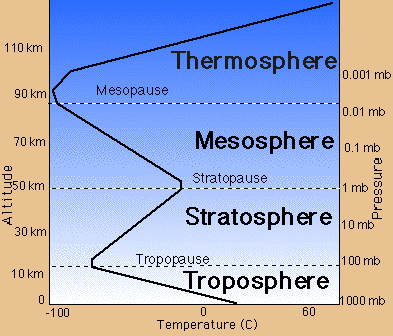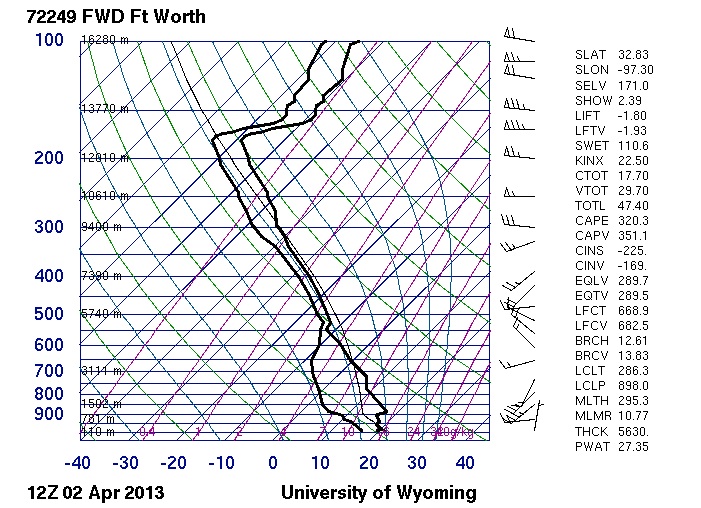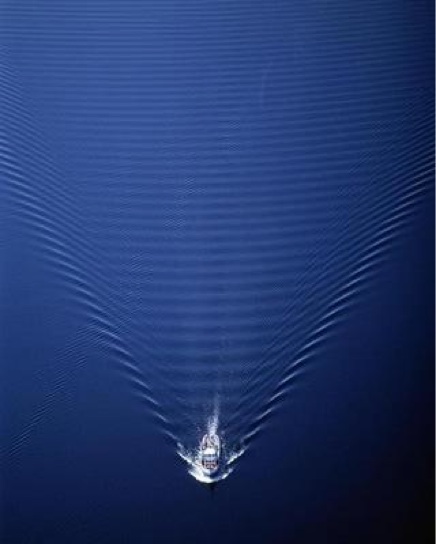Pointing out terminological inexactitudes is perfectly fine. That's just part of debunking.
I'm not being polite to spare people's feelings. I'm doing it because I think it works better. And unfortunately it's not going to work if I'm polite, but other are not.
Like I said, I know this rankles somewhat. But this is how it's going to be. Let's try it for a year and see what happens.
I'm not being polite to spare people's feelings. I'm doing it because I think it works better. And unfortunately it's not going to work if I'm polite, but other are not.
Like I said, I know this rankles somewhat. But this is how it's going to be. Let's try it for a year and see what happens.







![IMG_0626[1].JPG IMG_0626[1].JPG](https://www.metabunk.org/data/attachments/1/1725-176832eefd17f48af3fa36b74ee5b779.jpg)

